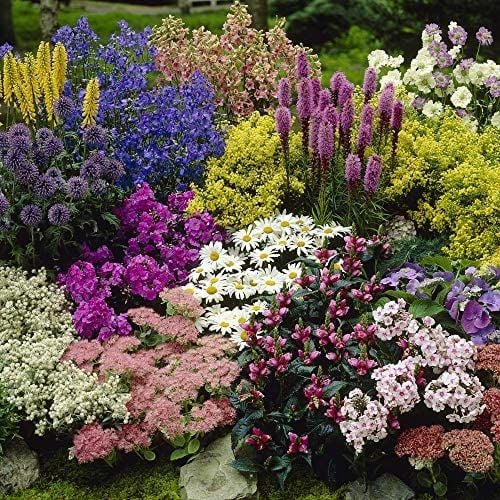Table of Contents
Garden flowers bloom to their fullest during the spring and summer seasons. While plants tend to weaken or sag as autumn approaches, plants shed off their leaves or flowers at this point. So, as you enjoy your morning cups of tea, you may feel your gardens do not have the colour or lustre you want.
However, suppose you love seeing your garden filled with exotic and colourful variants of flowers, even during the autumn season or at the time when winters are at their peak. In that case, you can typically go in for certain seasonal varieties of flowers.
These are outdoor plants that look bright and pretty. You can plant them inside your gardens. Else, you can place the winter bedding plants near the outdoor area.
Or, you can hang baskets or pots with these flower beds that bloom even during the most chill winters. Winter bedding plants in the UK also add colour and joy to your gardens.
Must-Have Autumn and Winter Bedding Plants to Add Color to Your Garden
1. Choose the Vibrant Chrysanthemums
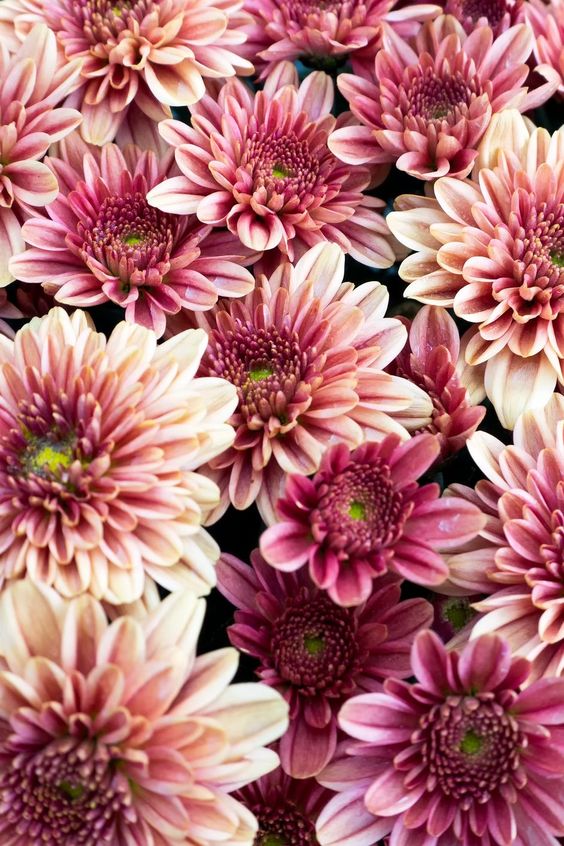
You can choose fabulous chrysanthemums for your winter gardens. These chrysanthemums come in a variety of colours. You can look for subdued offbeat tones or look for brighter hues. The Chrysanthemum flowers look beautiful as they have showy petals. Not to forget the fact that chrysanthemums do well as outdoor or hanging pots too.
2. Purple Primulas
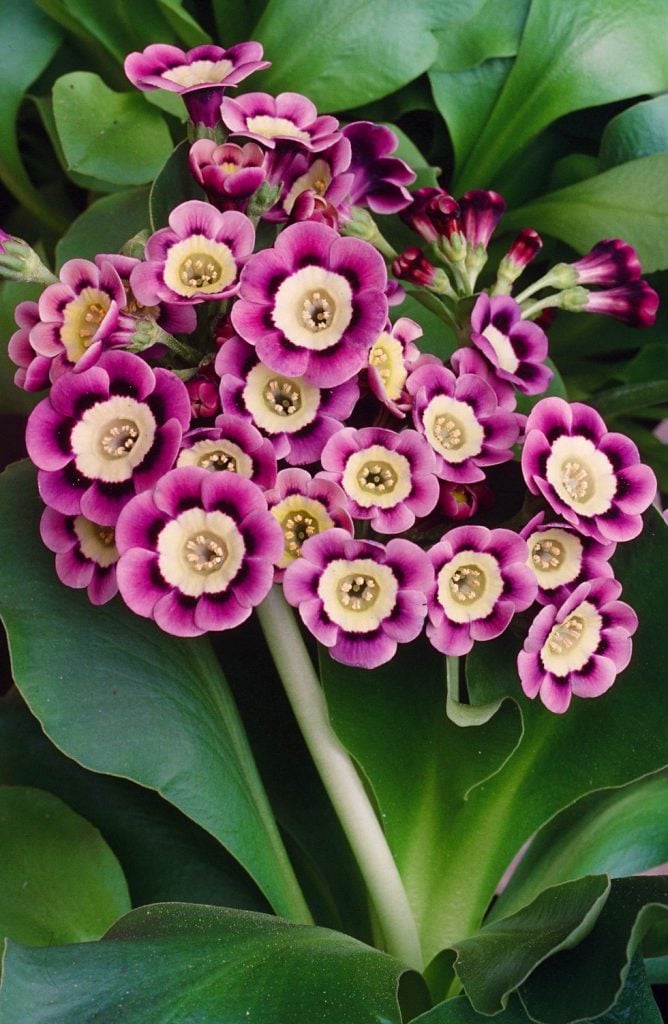
Primulas are semi-evergreen by nature. These flowers can endure biting winters indeed! Do you know when they will bloom fully? The Primulas bloom to the fullest by the dawn of the New Year. These are mostly seen growing inside flower pots. As these flowers mainly bloom during the colder season, these plants require a shady zone throughout the year.
3. Polyanthus
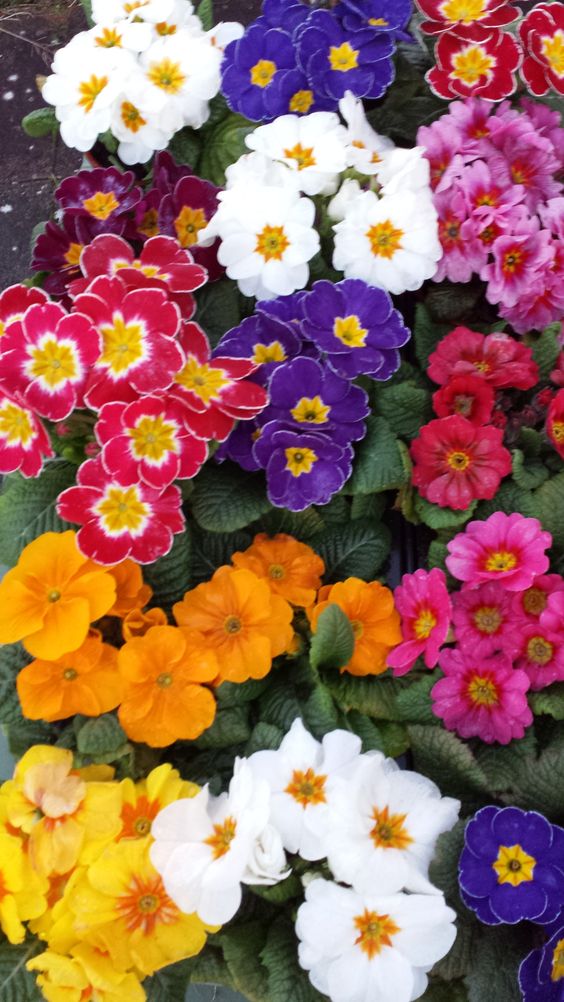
This is a hybrid variety between the Primulas and the Wild Primroses. These are wildflowers that come to you as clusters of long-lasting flowers indeed. You can see that these flowers bloom in a rainbow- colours like yellows, purples, whites, oranges, and reds. So you can choose bright hues for your garden or stick to three primary colours.
4. Opt for Colorful Heather
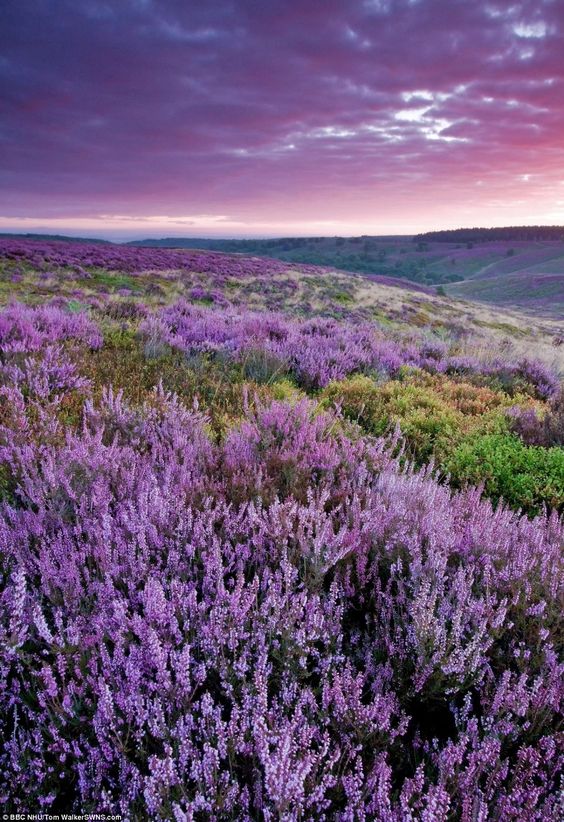
The Winter-flowering heather looks great while planted in pots. Or, you can have it produced as winter bedding too. You can add pinks, purples, and whites to your winter gardens. The Heather is a low-growing herb whose botanical name is ‘Calluna Vulgaris.’ The Heather grows under shady weather and comes to you in various hues. Therefore, this winter bedding plant can enliven your garden spaces.
5. Christmas Rose
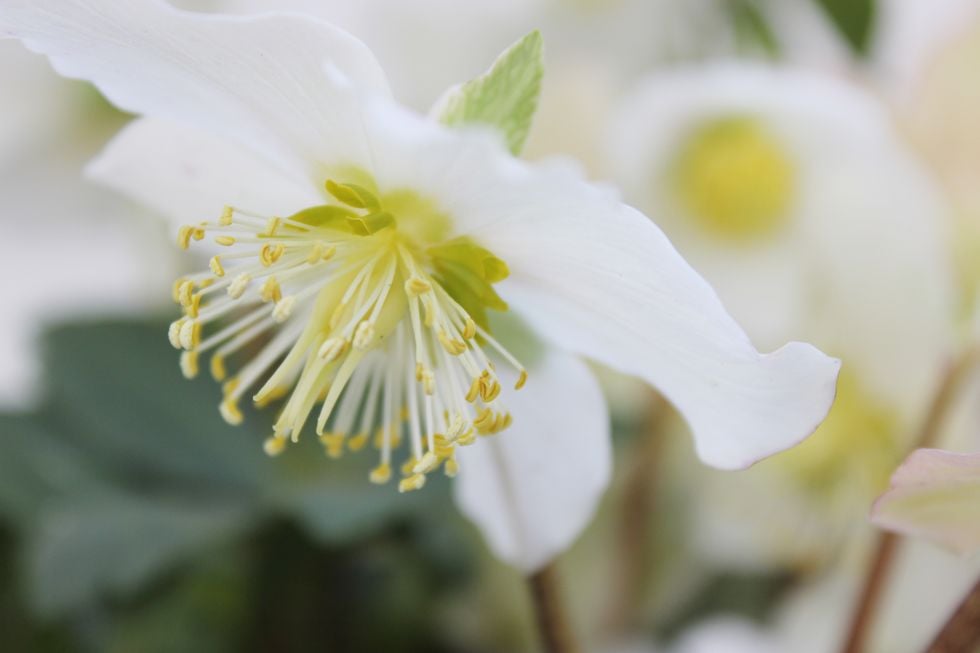
Christmas Rose, also popularly known as Winter Rose, is an ever-green and winter-lasting butter cup. Its botanical name is ‘Helleborous Niger.’ The Christmas Rose mainly blooms starting the late autumn season until early spring. This flowering bed makes it a great pick for your winter gardens.
6. English Daisies
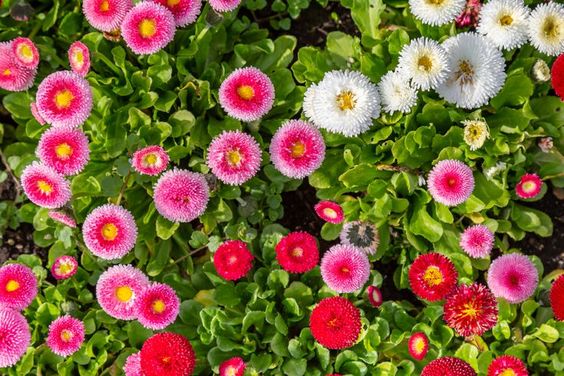
As you must be aware, English daisies have rounded yellow centres and pompom petals in white, red, or pink shades. These flowers grow well in late autumn and bloom through the biting winters. These flowers grow up to 6 inches tall and can be a great addition to English gardens. These can be grown across borders or into plants.
7. The Claire Maxine Plant
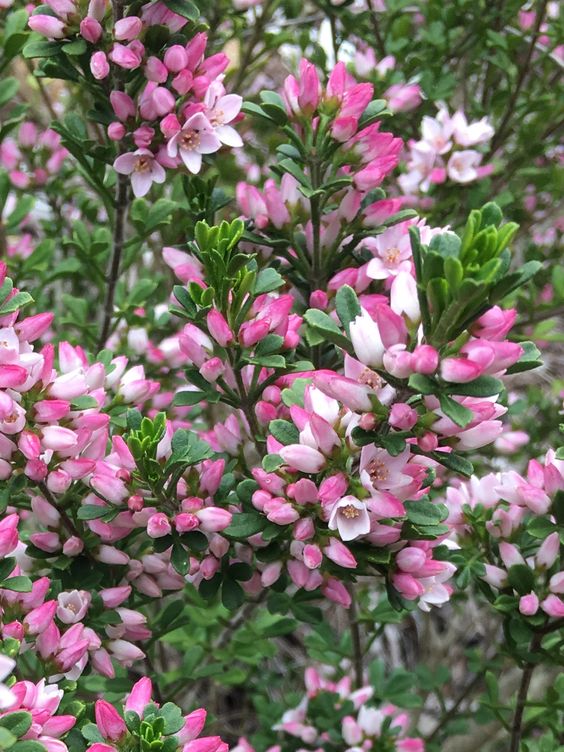
The Claire Maxine Bergenia is a flowering bed that grows in summers and winters. This garden bed blooms rich and glossy forms of red foliage during the colder months. These are tall red-pink flowers that can grow as high as 50 cm. With a lovely surrounding of bronze-red greenery and reddish-purple-pink flowers, the Claire Maxine plant is a perfect addition to your winter bedding plants UK.
8. Purple and Violet Asters
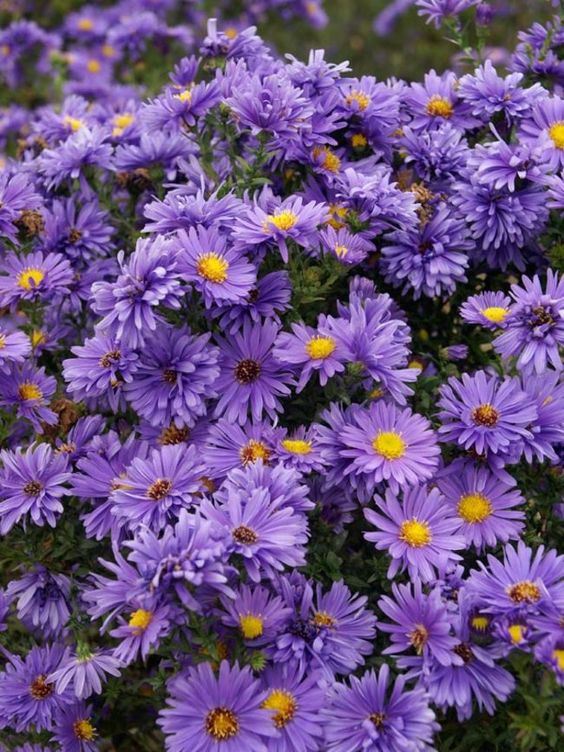
Asters usually bloom during the last days of autumn with a rich array of purples and violets. Therefore, this is a flowering bed that can make your winter gardens look spectacular indeed. Asters resemble daisies, and the bedding can take other shades, too, such as yellow, pink, and red. When you mix different shades of asters, you can lend a colourful vibe to your gardens. Asters grow well in loamy soil instead of sandy or clay soil.
9. The Common Tricolor Sage
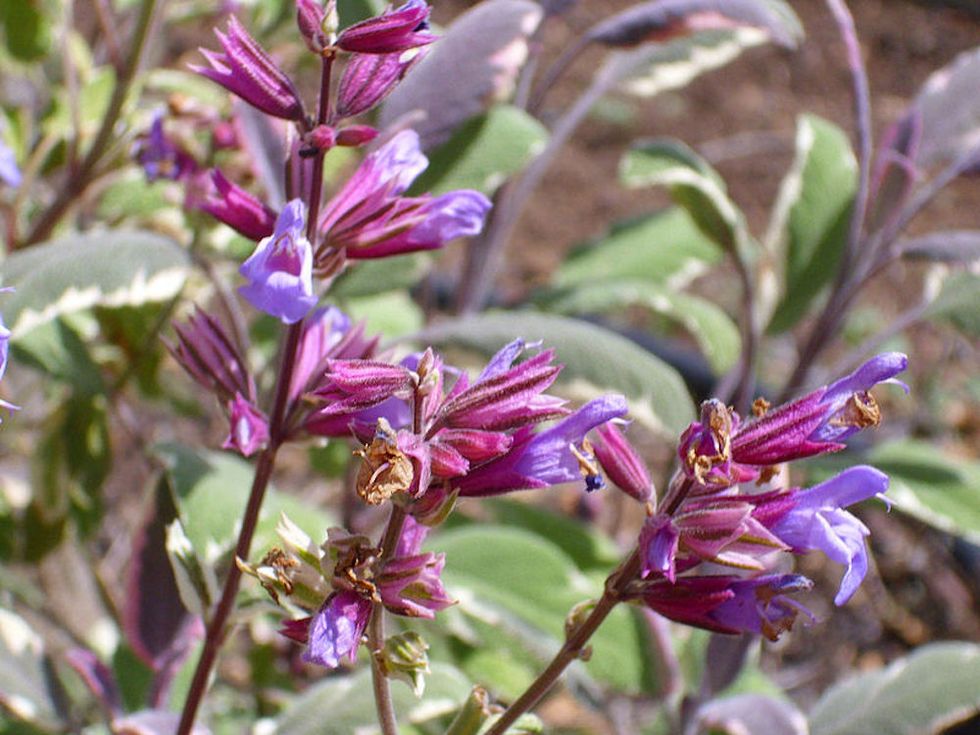
The Common Tricolor Sage is botanically known as ‘Saliva Officinalis.’ This is a perennial shrub that has upright stems and is maroon-shaded. With grey-green leaves and purple flowers, this is a beautiful addition to British backyards or English gardens. The leaves are sometimes deep purple. The tricolour is a great way to revitalize your winter gardens with a combination of purple, grey-green, and blue-purple flowers.
10. Enrich Your Winter Gardens with Coral Bells
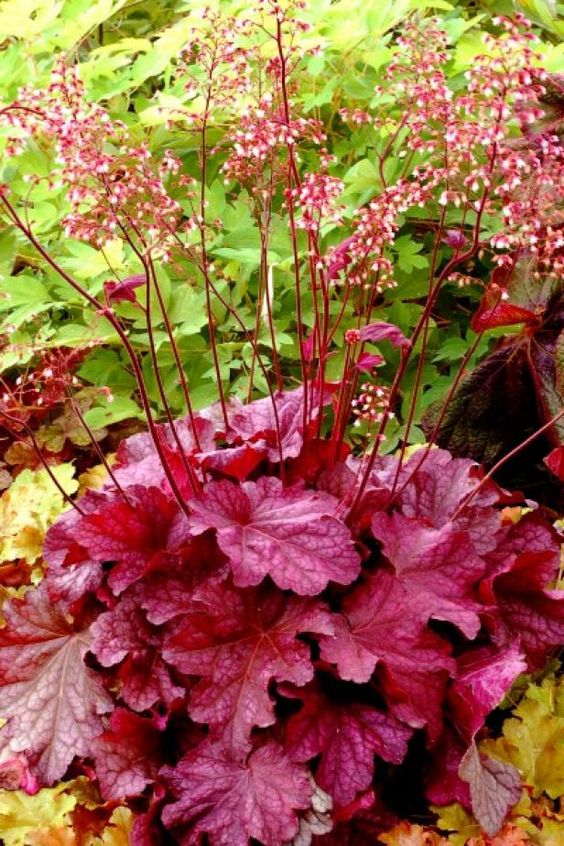
Some exotic plants are known for their pretty-looking flowers in full-length bloom. But in the case of Coral Bells, the leaves look impressive. You can see that the leaves appear in shades of lime green, deep purple, or even orange. This is a plant that needs a dark atmosphere. Therefore, you can plant this herb during autumn or any other time of the year wherein the soil is not frozen. Along with coral bells, you can have pretty-looking violas, primroses, and winter pansies and get a fascinating garden.
11. Deep-Scented Violas
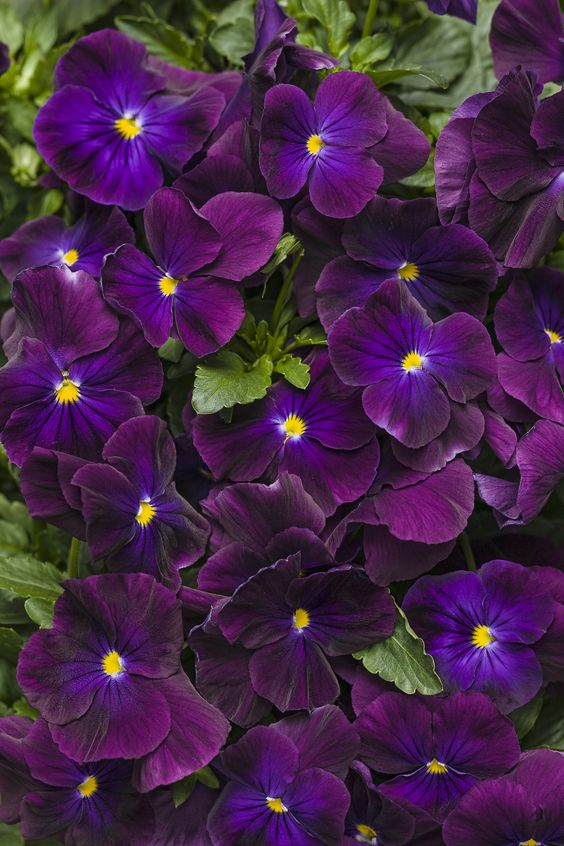
Although violas have delicate petals, these flowers can withstand the winters quite well. As the flowers are smaller, it would be best if violas covered the foreground of your winter beds. You can enjoy the bloom of violas throughout the snowy season if you maintain the shrubs effectively. Violas also have a sweet yet delicate fragrance attributed to them. You can plant them through hanging baskets to spread their fragrance evenly in your garden.
12. Enchanting Array of Primroses
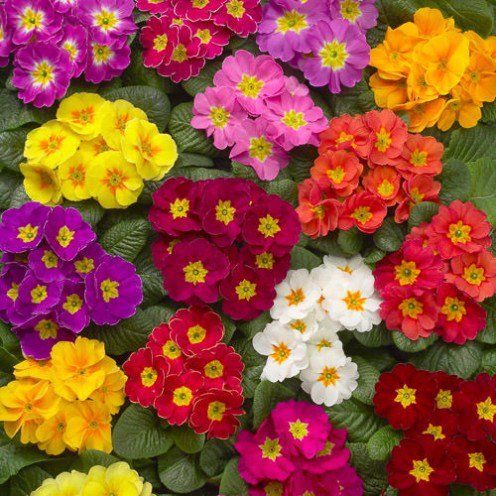
As primroses are available in attractive colours, it is impossible to miss out on these pretty-looking flowers, even in a snowy garden. You have shades like deep reds, radiant yellows, and fabulous purples that can take your breath away. The bouquet that blooms in your garden makes you feel as if spring is around the corner, even though it is just the middle of winter. You can leave a gap of 4-5 inches between plants and then plant these primroses during the early autumn season. And when the flowers grow 7-8 inches tall, they can poke their heads out through the snow.
Simple Steps to Get Your Garden Ready for the Cold Months
The heavy snow may cause your garden area to get frozen entirely. The upcoming buds or shoots may therefore sag away. Sometimes, your flowering beds may become brown or decayed as the roots cannot provide enough moisture and nutrients when the entire ground gets frozen.
Here are interesting tips you can follow to maintain your winter gardens effectively:
1. Dig the Soil Deep as Long as The Soil Is Soft
This is done so that the flower beds you plant inside the soil get their core portion of moisture or nutrients before the onset of peak winters.
2. Add up Mulch and Compost in The Right Proportion
Gardeners add mulch to keep the root temperature stable. This way, even during the peak of winter, the plants won’t get weakened. Similarly, you can add organic compost in the correct proportion. It should be no more than 3 inches thick below the soil’s crust.
3. Start Watering Your Garden Beds in Advance
It would be best to start watering the plant beds much earlier. In other words, you can start watering the plants before the onset of the peak winter season. This must be done so that the soil absorbs the maximum moisture before the ground gets completely frozen. This is mainly because, when the ground is frozen, it prevents moisture from entering the root zone. You must also ensure enough water covers the above-ground shoots and the roots.
4. Give the Plants an Extra Layer of Protection
You can cover your garden plants with an extra layer of protection to prevent excessive snow from reaching the plants. It can be a bio-degradable frost cloth.
5. Bring Some of These Plants Indoors
You can bring some of your exotic garden plants indoors so they do not face the wrath of extreme snowy weather. You can place them near airy and ventilated zones of your home and provide them with less water. This way, your garden plants can survive harsh winters too.
Don’ts for Winter Gardening
In this segment, let us discover some of the don’ts you must consider when maintaining your winter gardens. Let us look at these pointers one by one:
Adding Fertilizers
You must not add fertilizers as you do not want to encourage more plants to grow during harsh winter conditions after. The ground underneath needs to warm up, which happens only during spring. Ice and sub-zero temperatures can be detrimental to the survival of existing plants or can destroy the growth of new plants. Hence, adding fertilizers during winter will do more harm than good for your garden.
Skipping to Water Your Plants
Even during harsh winter climates, your existing plants can survive. You can pour hot or warm water across the foliage covering the plants. This way, the plants, and their roots will take the moisture. Deep watering procedures can be followed if the ground is dry and not snowing.
Which Winter Plant Did You Like?
These 12 whole winter bedding plants describe how the flowering beds grow during the autumn and winter seasons to add colour and brightness to your otherwise gloomy garden.
Winter bedding also helps the soil to retain its nutrients without giving them away. On the other hand, you must keep track of some of the pertinent do’s and don’ts while you aim to maintain a perfectly poised winter garden.
Holding colourful foliage can be soothing for your body, mind and soul. If things are done right, your garden can be filled with exquisite flowers during summers and winters.

